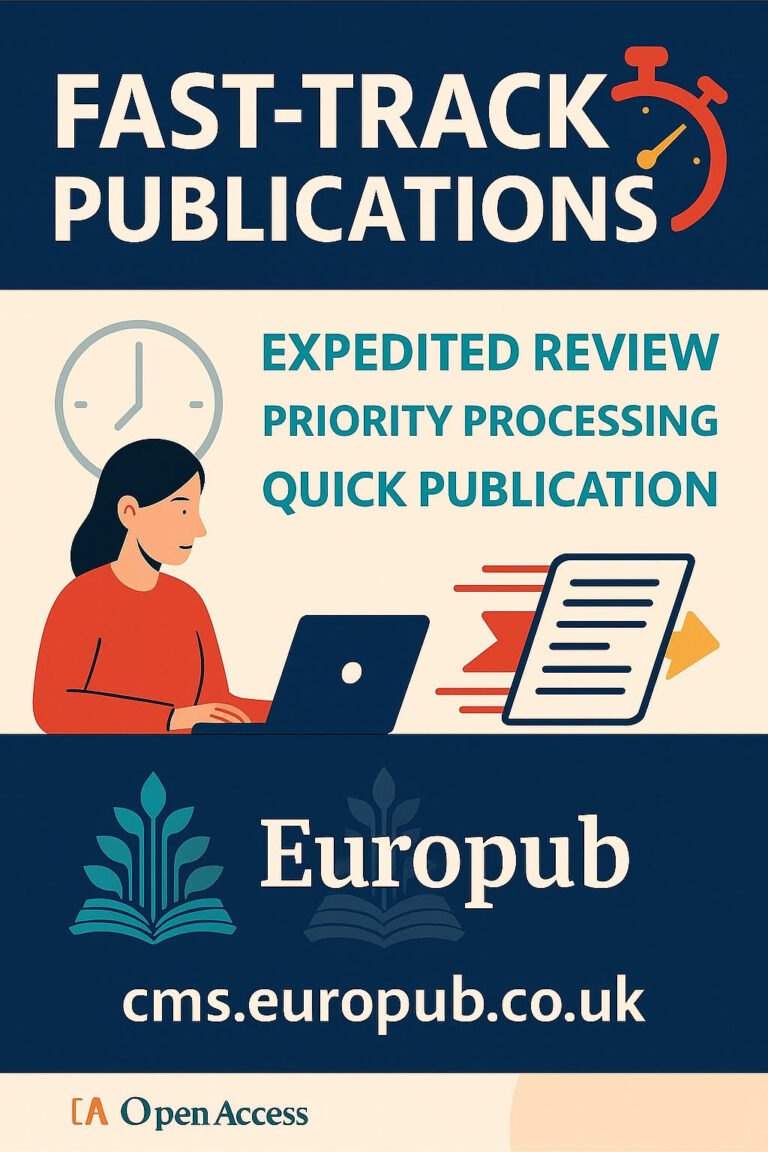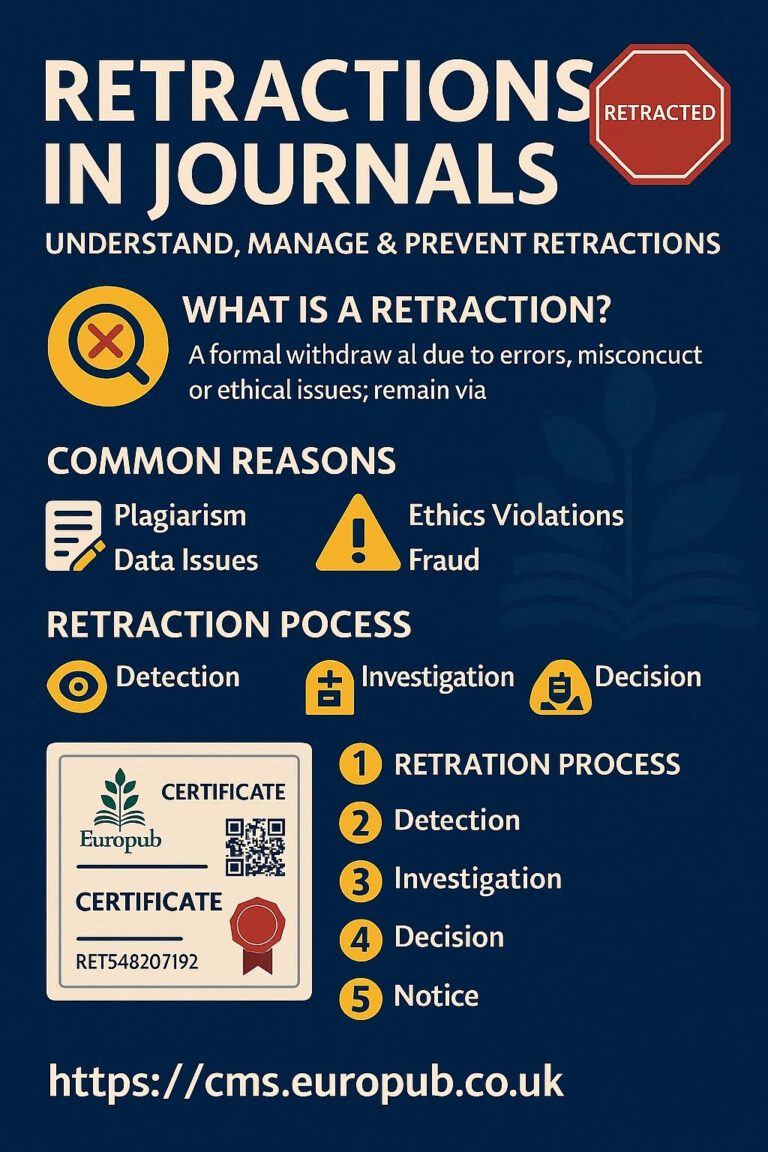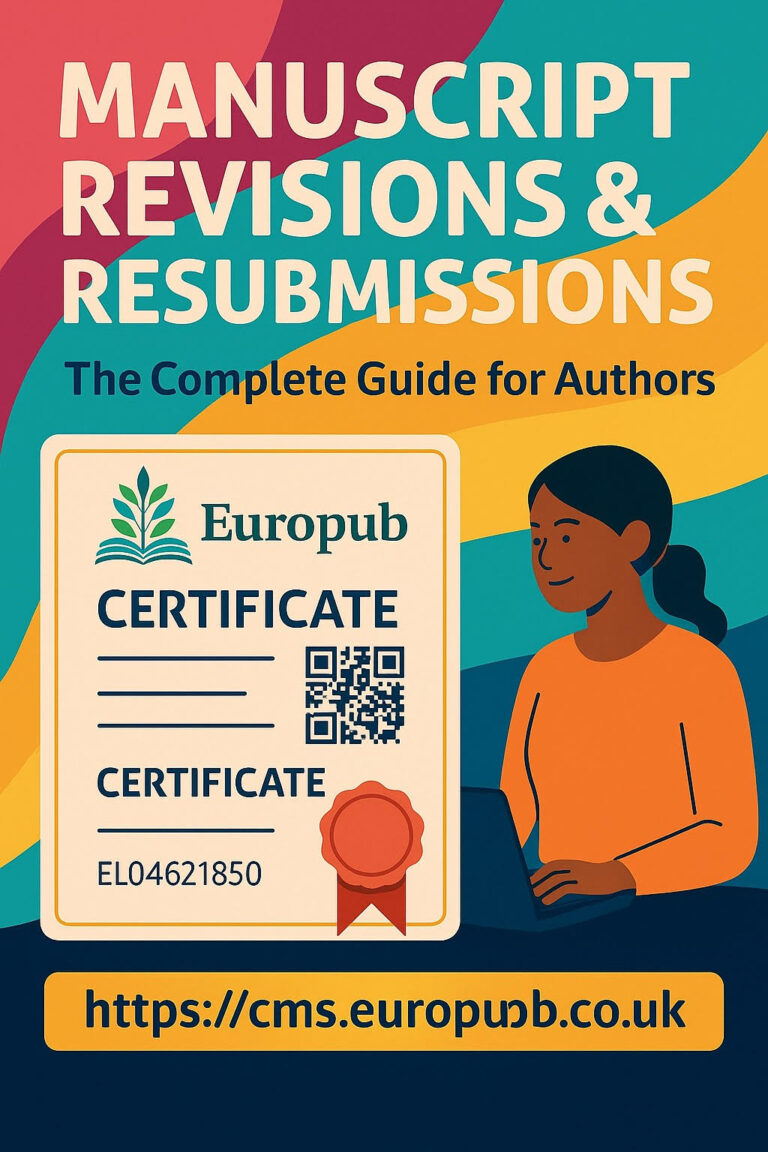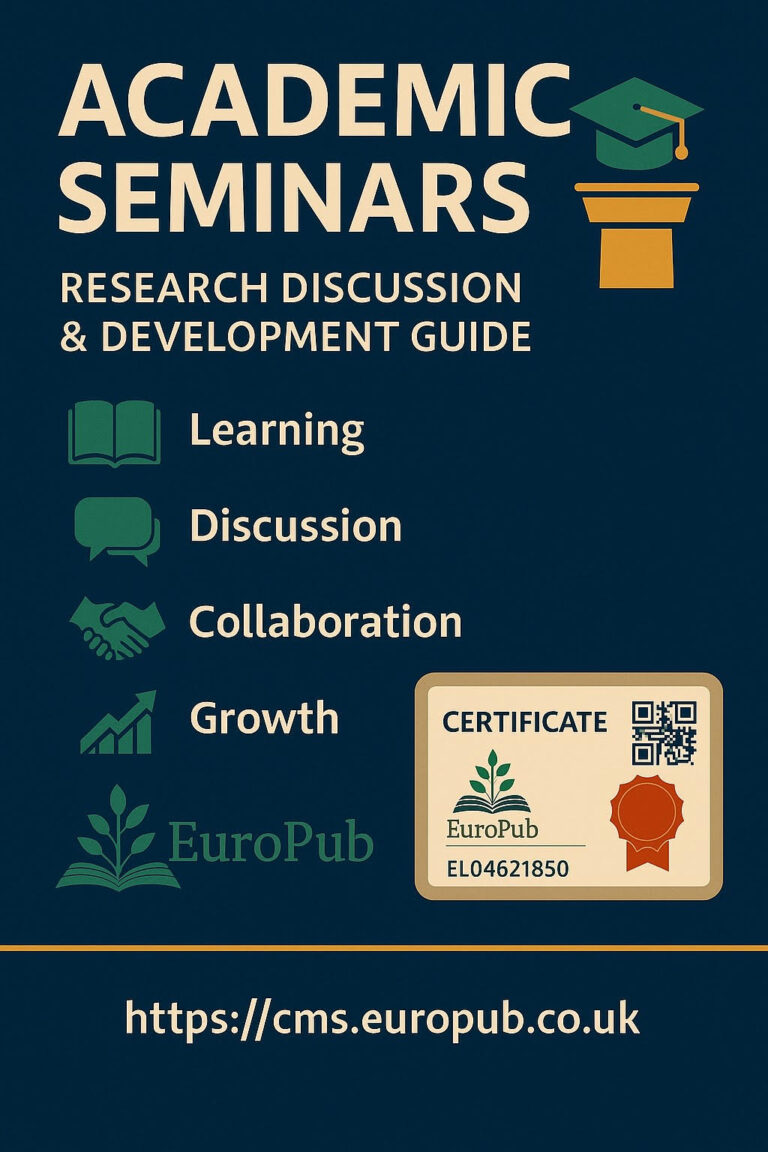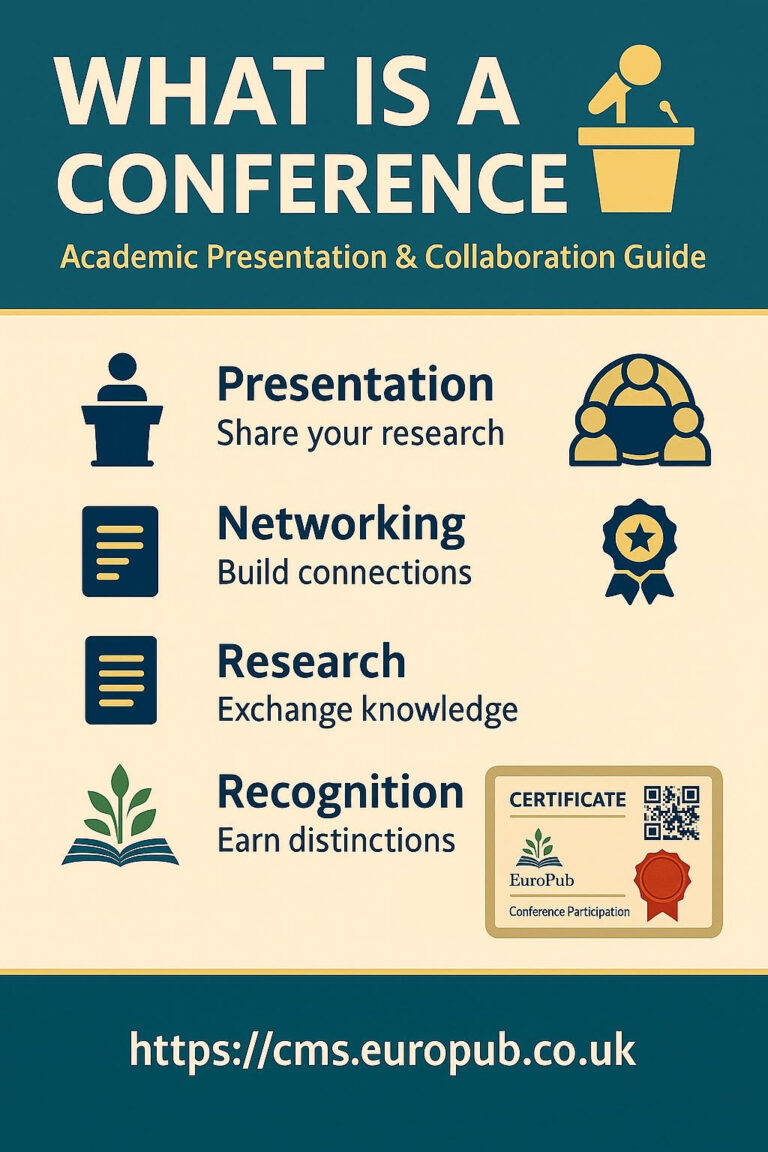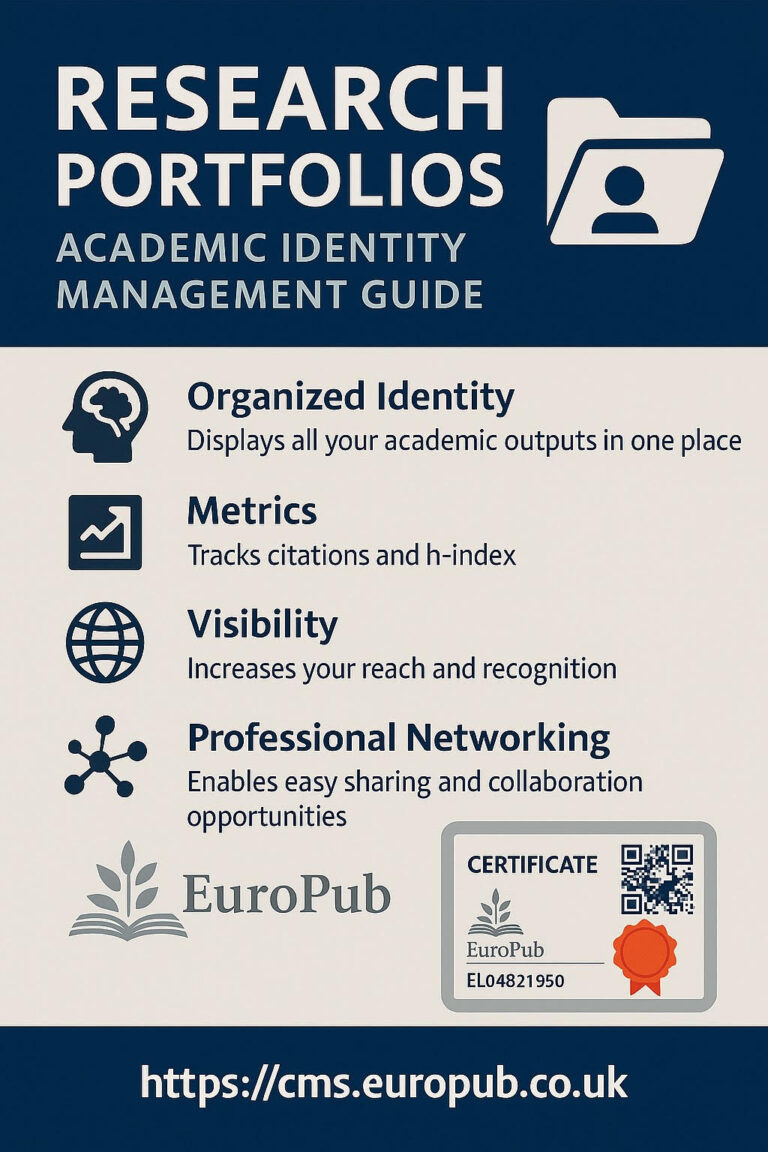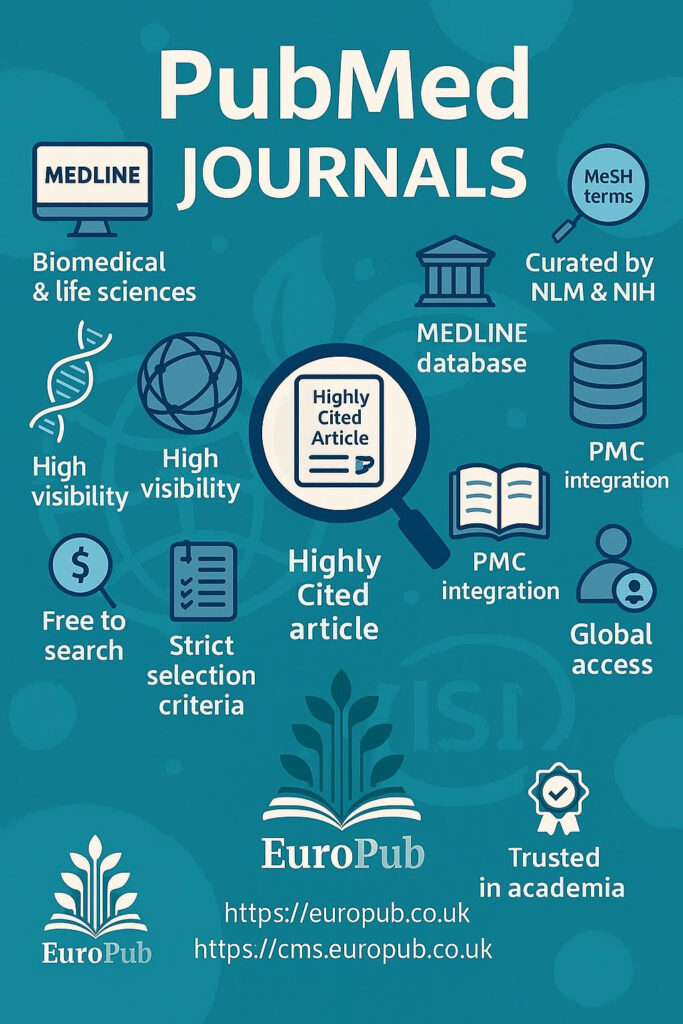
1. What is PubMed?
PubMed is a free search engine maintained by the U.S. National Library of Medicine (NLM) at the National Institutes of Health (NIH). It primarily provides access to the MEDLINE database, which contains over 36 million citations and abstracts from biomedical literature, life sciences journals, and online books.
Official link: https://pubmed.ncbi.nlm.nih.gov
2. Importance of PubMed Journals
Publishing in a PubMed-indexed journal is highly valued in the fields of medicine, biology, biochemistry, pharmacology, and life sciences. Researchers and clinicians consider PubMed visibility as a mark of quality and reliability because:
- PubMed follows strict scientific and editorial standards.
- Articles become easily accessible to the global scientific community.
- Citations from PubMed journals are widely recognized for academic promotions, grants, and institutional rankings.
3. PubMed vs. MEDLINE
- MEDLINE → The core bibliographic database of life sciences and biomedical journals (about 5,600 journals).
- PubMed → A broader search system that includes MEDLINE + articles deposited in PubMed Central (PMC) + NCBI Bookshelf content.
So, all MEDLINE journals are in PubMed, but not all PubMed entries are in MEDLINE.
4. Key Features of PubMed
- MeSH (Medical Subject Headings): Powerful indexing keywords.
- Citation Manager: Export to EndNote, Mendeley, Zotero.
- Filters: Article type (Clinical Trial, Review, Case Report, etc.), text availability, age group, publication date.
- LinkOut: Direct access to full-text content if available.
5. How to Find PubMed-Indexed Journals
- Visit the NLM Catalog → https://www.ncbi.nlm.nih.gov/nlmcatalog
- Search by journal title, ISSN, or subject.
- Confirm “Currently indexed in MEDLINE” or “PubMed Central” status.
6. Advantages of Publishing in PubMed Journals
 Global visibility in medicine and life sciences.
Global visibility in medicine and life sciences.
 Higher trust and credibility in the scientific community.
Higher trust and credibility in the scientific community.
 Increased citation opportunities.
Increased citation opportunities.
 Recognition for grants, research funding, and promotions.
Recognition for grants, research funding, and promotions.
7. Challenges and Limitations
- Long review and indexing process.
- Very strict acceptance criteria.
- Not all life science journals are indexed.
- PubMed is not an impact factor database (Impact Factors come from Clarivate).
8. Common FAQs about PubMed Journals
Q1: How do I know if a journal is indexed in PubMed?
 Search the NLM Catalog and check its indexing status.
Search the NLM Catalog and check its indexing status.
Q2: Are PubMed and PubMed Central (PMC) the same?
 No. PMC is a free full-text archive, while PubMed is a citation database that also links to PMC.
No. PMC is a free full-text archive, while PubMed is a citation database that also links to PMC.
Q3: Do PubMed journals have Impact Factors?
 Not all. Impact Factors come from Journal Citation Reports (Clarivate), not PubMed itself.
Not all. Impact Factors come from Journal Citation Reports (Clarivate), not PubMed itself.
Q4: Why is PubMed important for medical researchers?
 Because it ensures visibility in the largest biomedical literature database worldwide.
Because it ensures visibility in the largest biomedical literature database worldwide.
Q5: Is there a cost to publish in PubMed journals?
 Costs depend on the publisher. Some PubMed journals are open access with Article Processing Charges (APCs), while others are subscription-based.
Costs depend on the publisher. Some PubMed journals are open access with Article Processing Charges (APCs), while others are subscription-based.
9. Related Resources
10. Europub Certification Note
At Europub, we recognize the prestige of PubMed-indexed journals and provide:
 Certificates for authors, reviewers, and editors who contribute to PubMed journals.
Certificates for authors, reviewers, and editors who contribute to PubMed journals. https://cms.europub.co.uk.
https://cms.europub.co.uk. Updates, news, and research guidance on https://news.europub.co.uk.
Updates, news, and research guidance on https://news.europub.co.uk.
You can also request Europub guidance on journal selection, submission strategies, and publication ethics for PubMed journals.
 Useful Links for Footer:
Useful Links for Footer:

